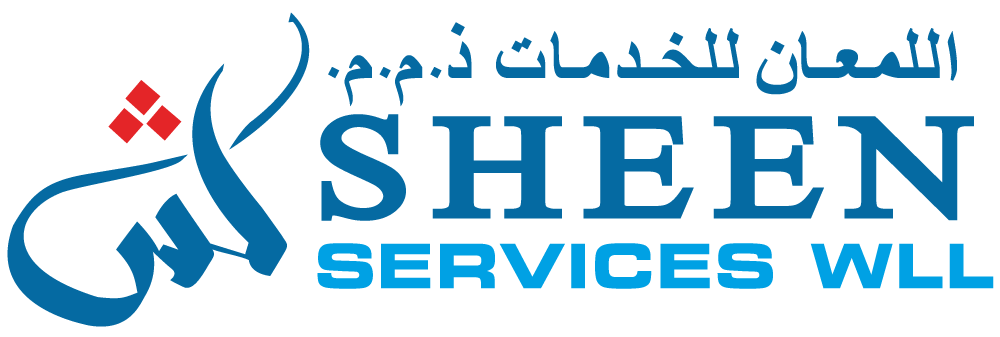Three ways to follow up after an interview without looking desperate or disinterested.

Navigating the interviewing process can be like playing a game of chess. Although your experience and qualifications get you into the game, to succeed, you’ll have to make a few strategic moves if you want to prevail.
Unfortunately, I’ve seen too many candidates fret and mull over the interview process, and completely forget about the importance of follow up. They spend hours tweaking their resume and prepping for the interview only to drop the ball in the final hour.
Now, will great follow up skills get you a job that you’re not qualified for? Absolutely not. But I have seen candidates who were qualified lose great opportunities because they didn’t take post-interview etiquette seriously.
Here are a few suggestions that will help you follow up the right way, without coming across as too desperate or disinterested.
1. Send a thank you note.
Yes, the same lesson we learned back in pre-school is still important. Although it seems like just another formality, check out this CareerBuilder survey. Long story short, 22 percent of managers said they were less likely to hire a candidate if they didn’t send a thank you note. Those are 22 percentage points that you can’t afford to lose, especially in today’s highly competitive job market.
A thank you note is so much more than just saying thanks. It’s an opportunity to reiterate your interest in the position, show you’re genuine appreciation, get clarification on the rest of the interview process, and reaffirm your qualifications.
When do you send it? This is the tricky part. Too late and you appear disinterested, too early and you look desperate. To get the desired effect, I suggest sending a thank you note sometime between a few hours after the interview and 24 hours.
2. Stay top of mind.
Every interviewing process is different. If you’re vying for a position at Google for example, who receives more the two million applications each year, then you could be in it for the long haul.
To stay top-of-mind through an interviewing process that could take weeks or even months, it’s important to leverage a variety of tools to keep in touch.
My favorites are connecting on LinkedIn, sending follow up questions to those who were on your interview schedule, and looking for events or opportunities to connect outside of the office. Examples could include job fairs, networking events, or seminars. And last, of course, is to reconnect with the recruiter on a regular basis. Not daily, but a least once every week or two for status updates.
3. Connect with those on the interview panel.
From an etiquette standpoint, I’ve always believed that if you were provided someone’s business card during the interview process, that it is appropriate to reach out to them after-the-fact. I would say that 90 percent of candidates don’t do this. They may send a thank you note, but never take advantage of the opportunity to learn more about the company or the position they’re interviewing for.
By connecting with the panel, you’ll have more touch-points within the organization that you can reach out to for updates and information. What is the best vehicle to reach out? I would suggest connecting via LinkedIn/Twitter, grabbing a coffee, or an email. When you do connect, make sure that you customize the invite, treat coffee like another interview (seriously), and send emails with a purpose.
Only ask specific questions that demonstrate your interest level in the job and the company. Keep any post-interview interactions brief. You had your time during the interview. If you’re going to ask others to take time out of their day, make sure that you’re not “over-staying your welcome.”
Although your post-interview follow up may not be the determining factor in a hiring decision, it is an integral part of the interviewing process that can negatively impact your chances of advancing in the process. Follow up done right makes a difference.








